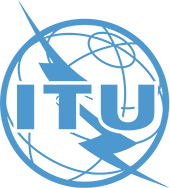Classification of Everyday Living Version 1.0
The COEL Specification provides a clear and robust framework for implementing a distributed system capable of capturing data relating to an individual as discrete events. It facilitates a privacy-by-design approach for personalised digital services, IoT applications where devices are collecting information about identifiable individuals and the coding of behavioural attributes in identity solutions.The COEL Specification contains an extensive and detailed taxonomy of human behaviour. The taxonomy allows data from different systems to be encoded in a common format, preserving the meaning of the data across different applications.This ability to integrate universally at the data level, rather than just the technology level, is known as semantic harmonisation and provides full data portability. The communication protocols needed to support system interoperability across a wide range of implementations are also included.











